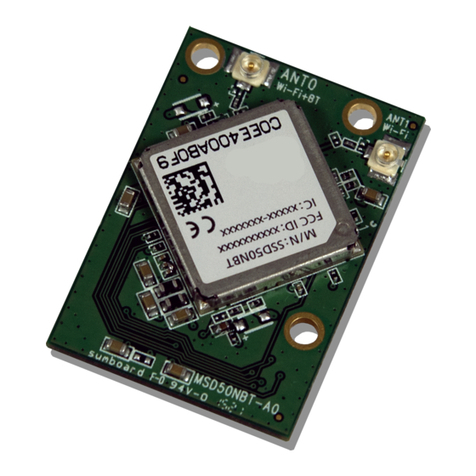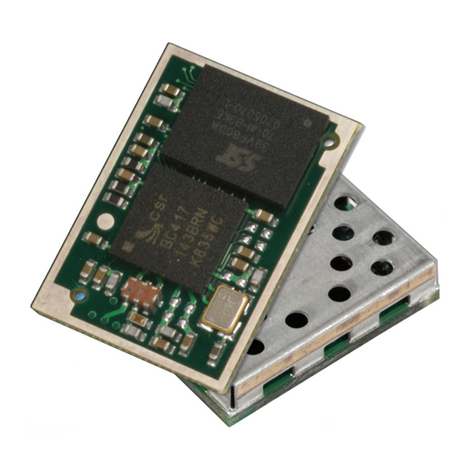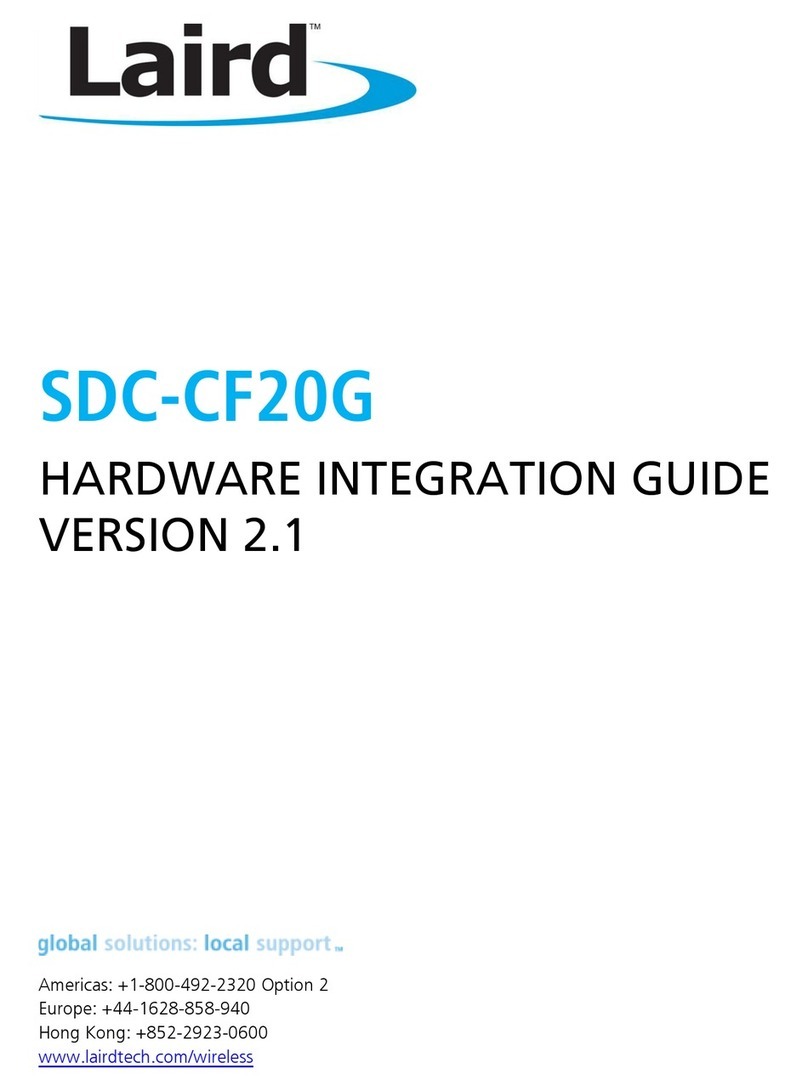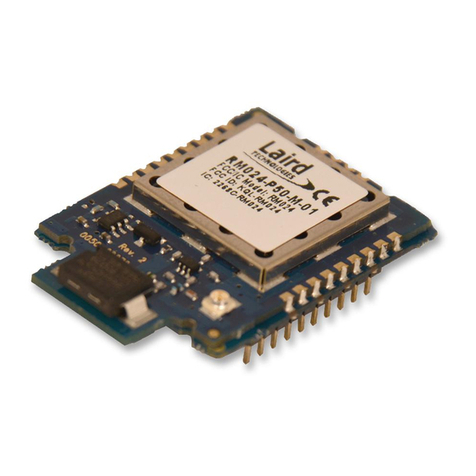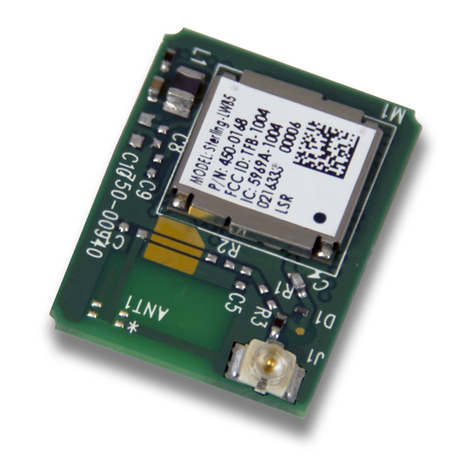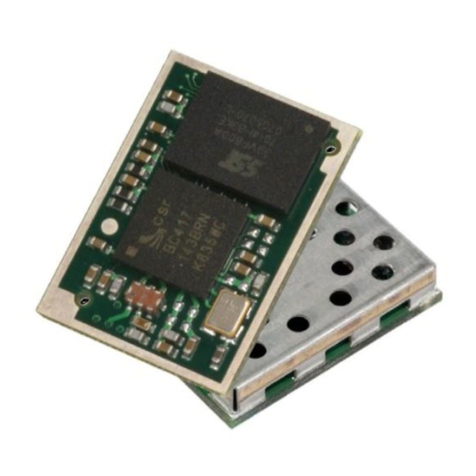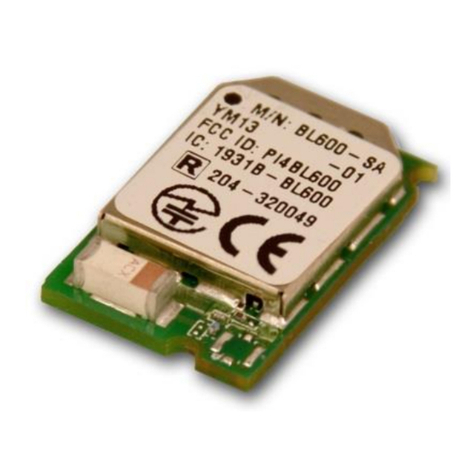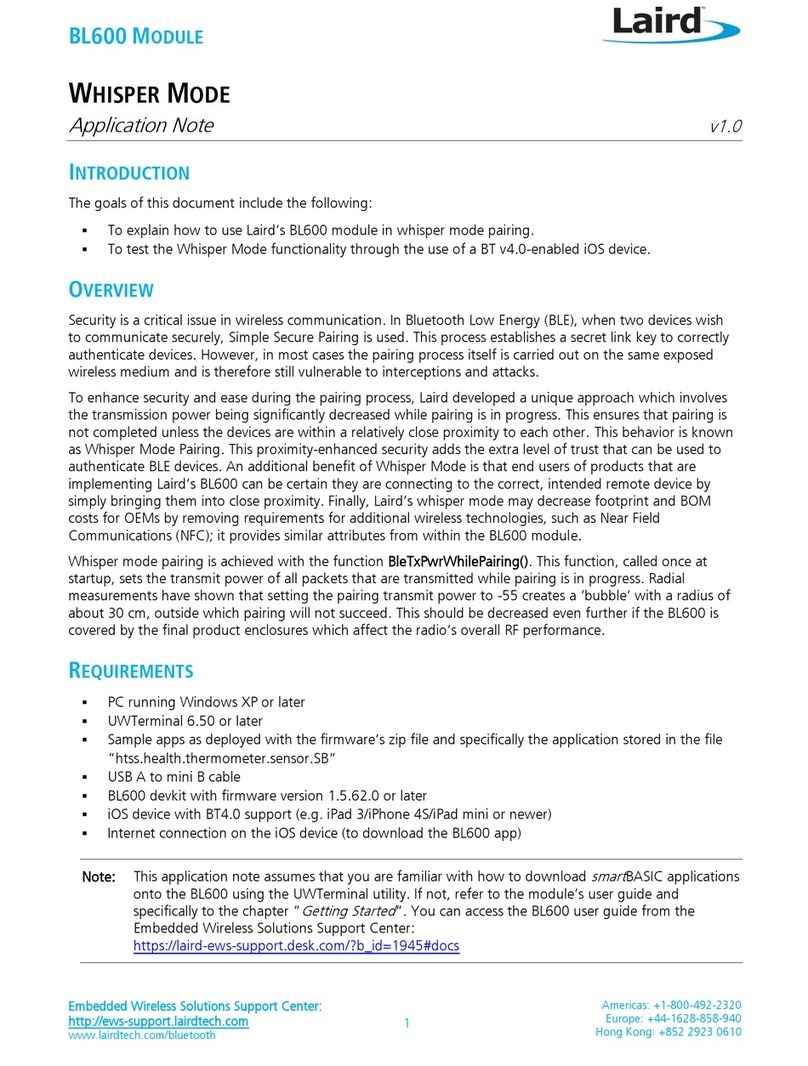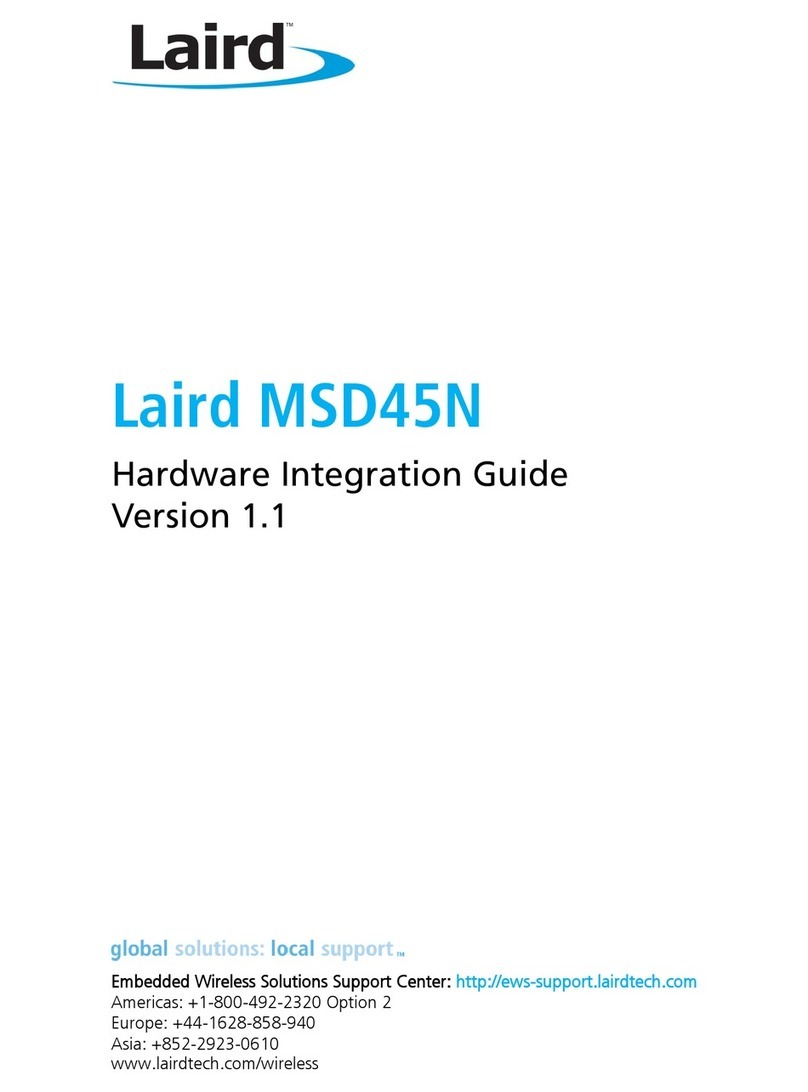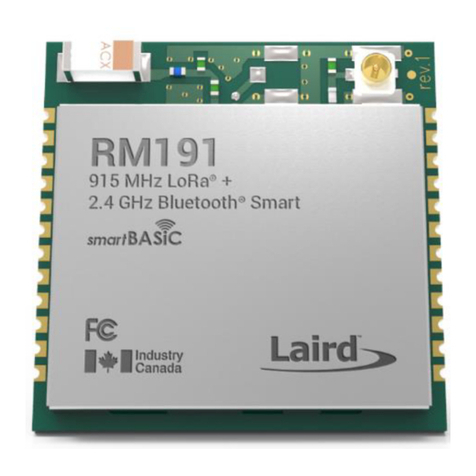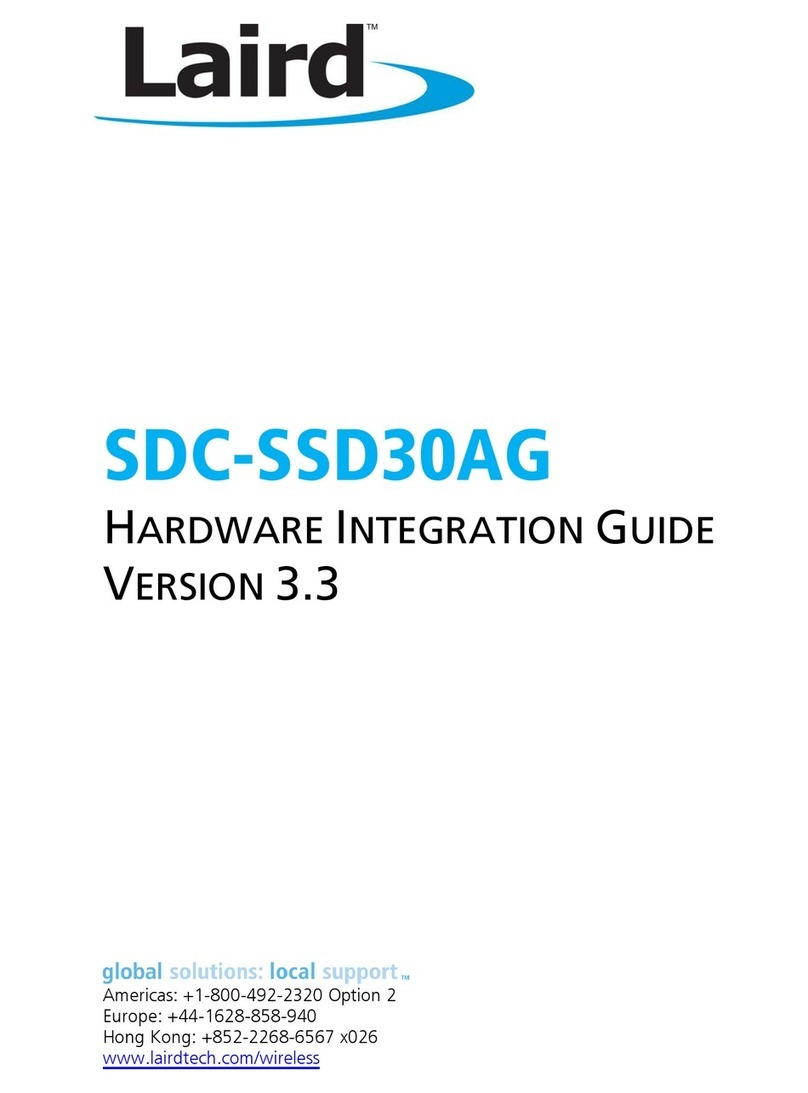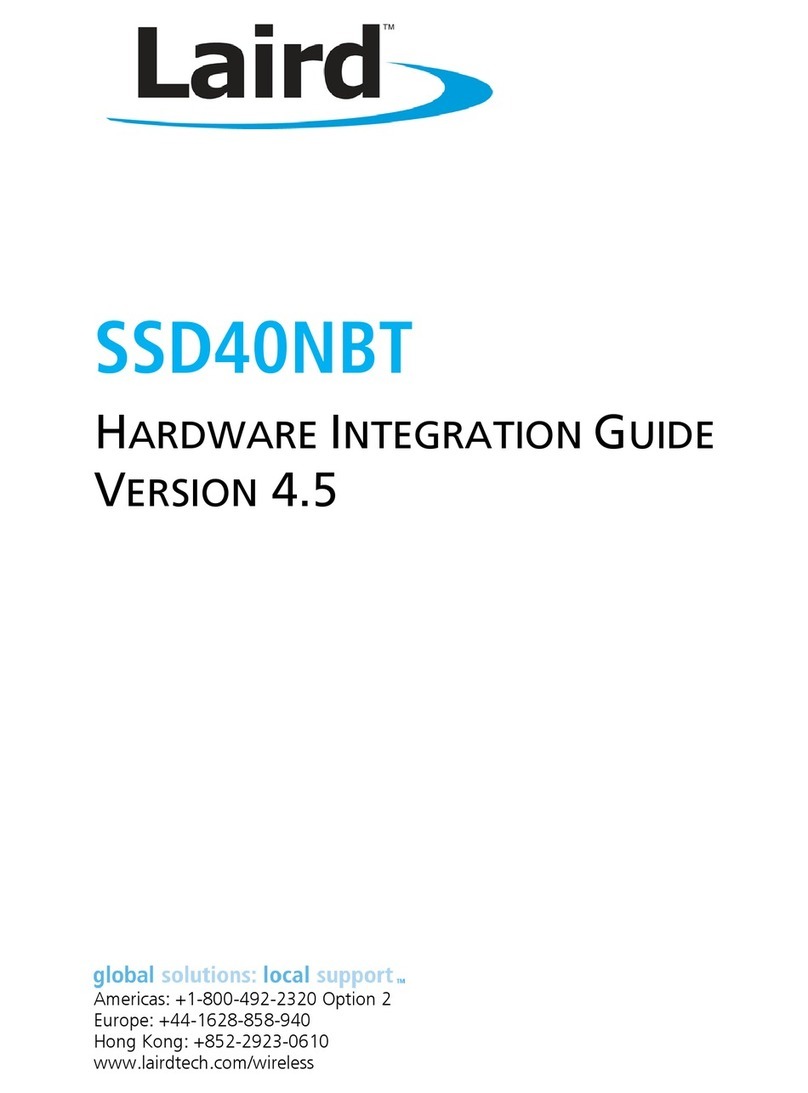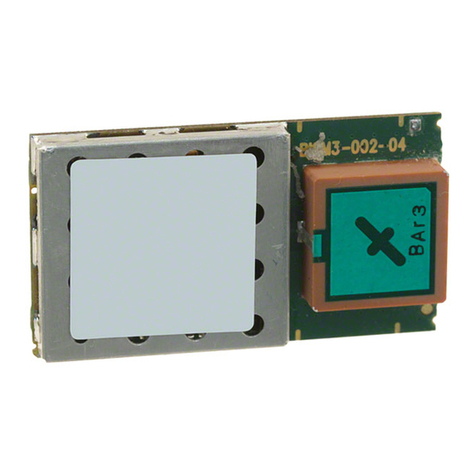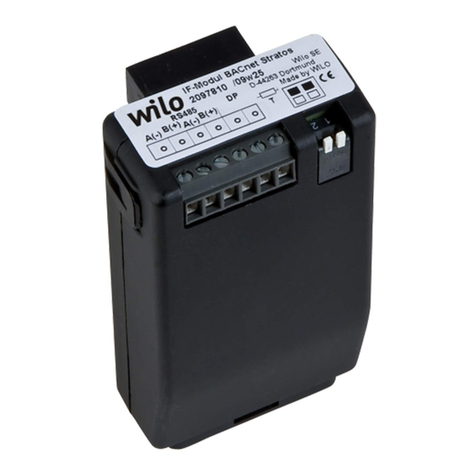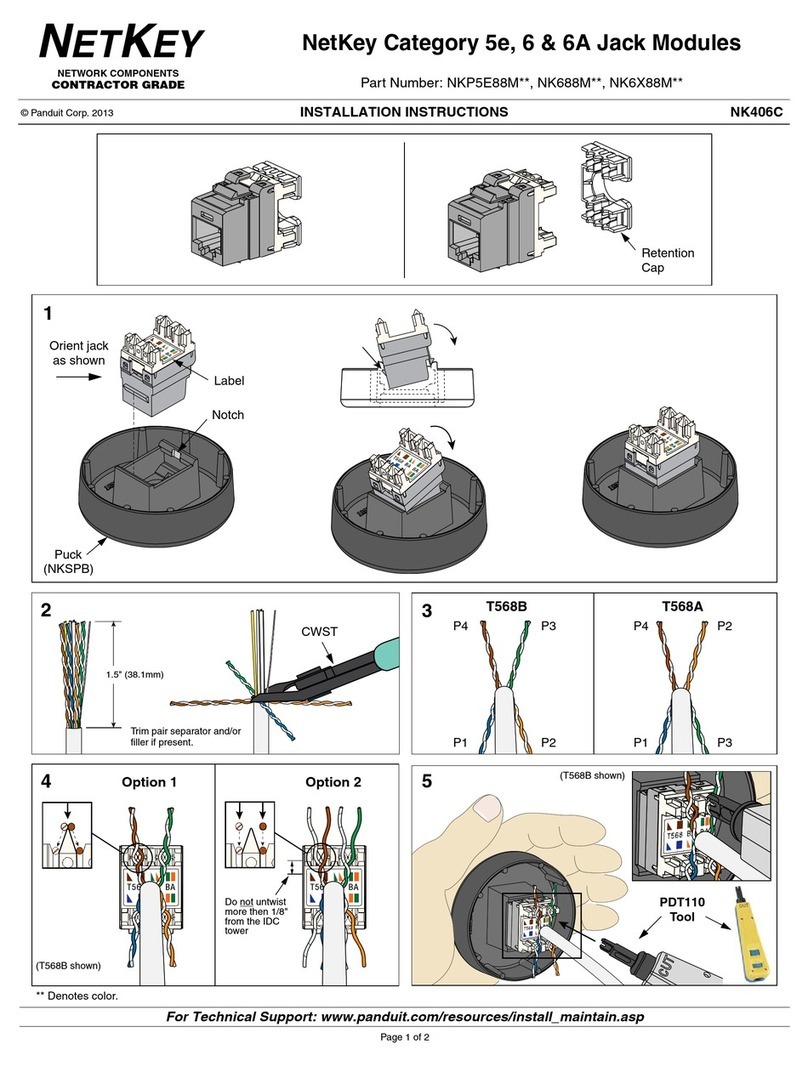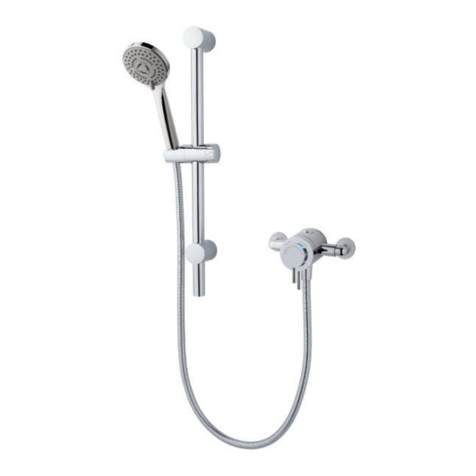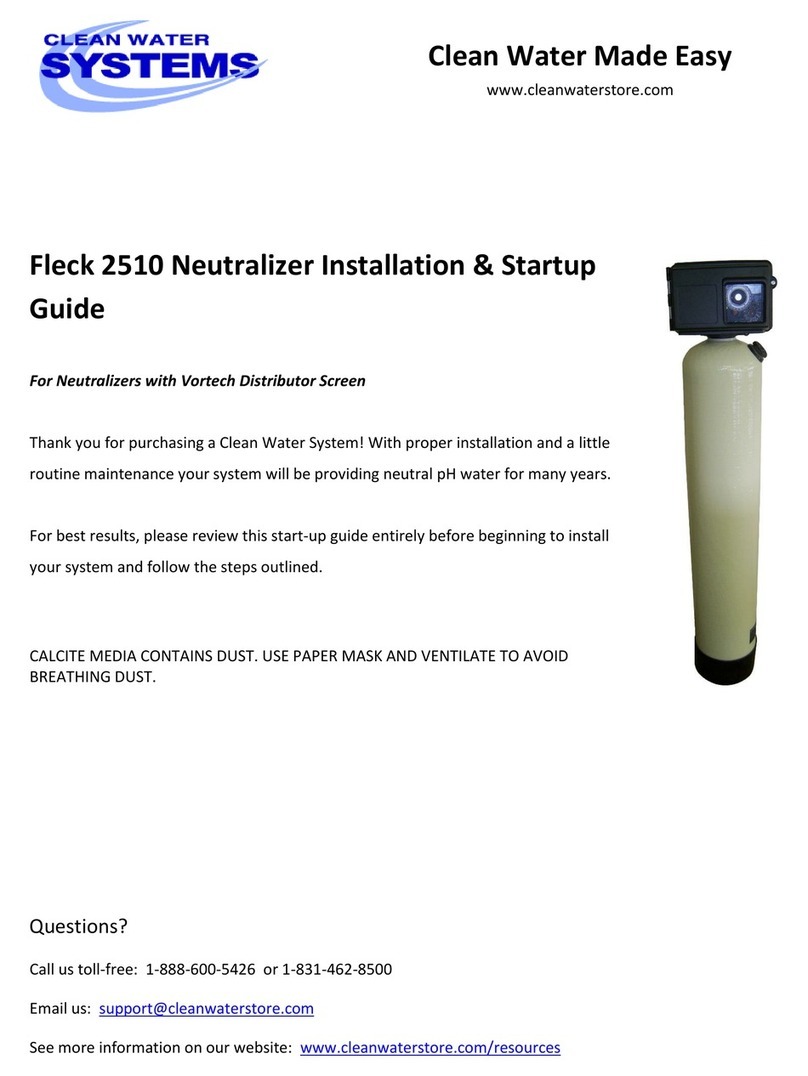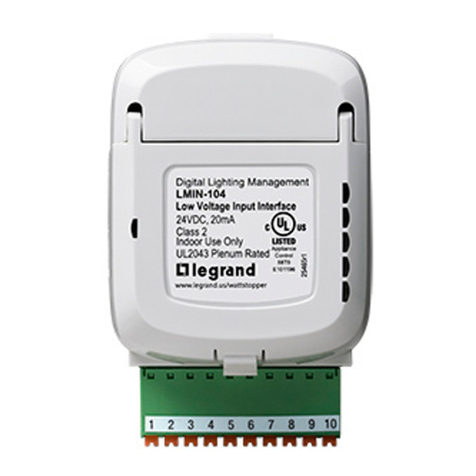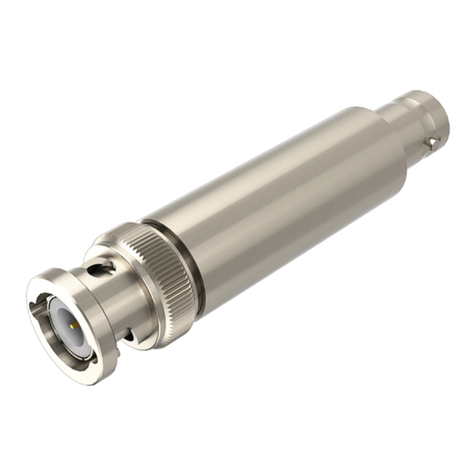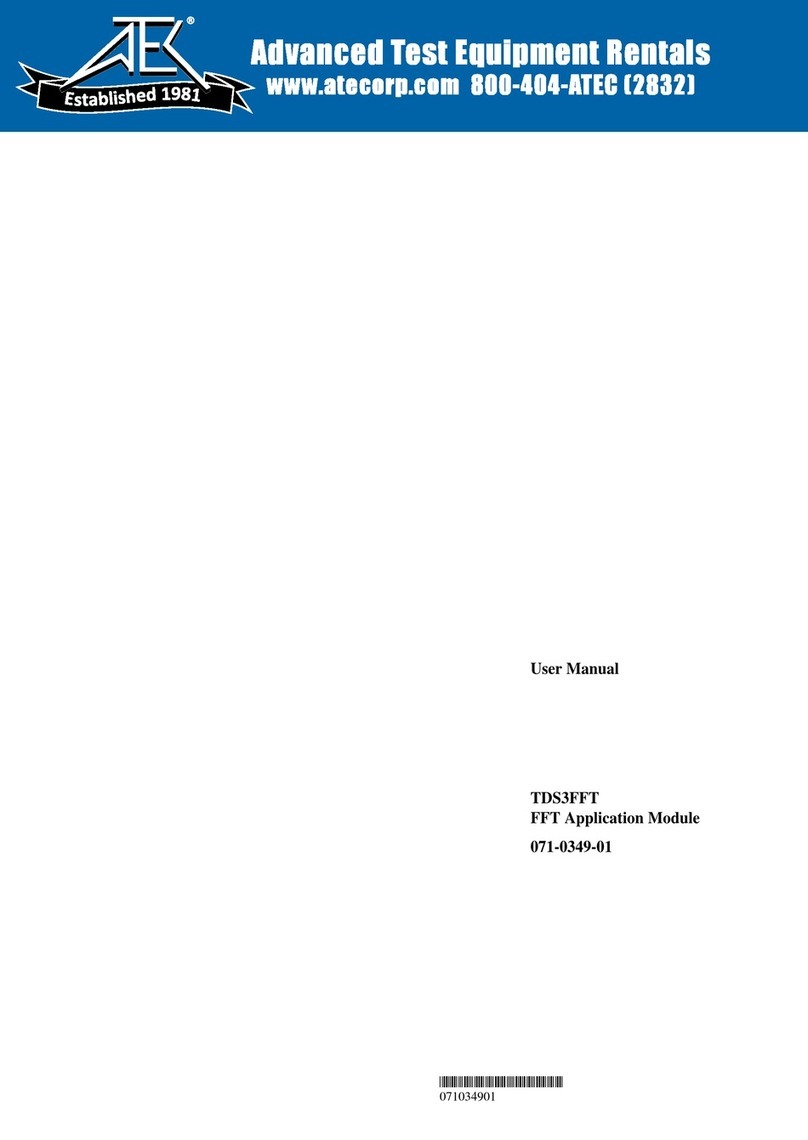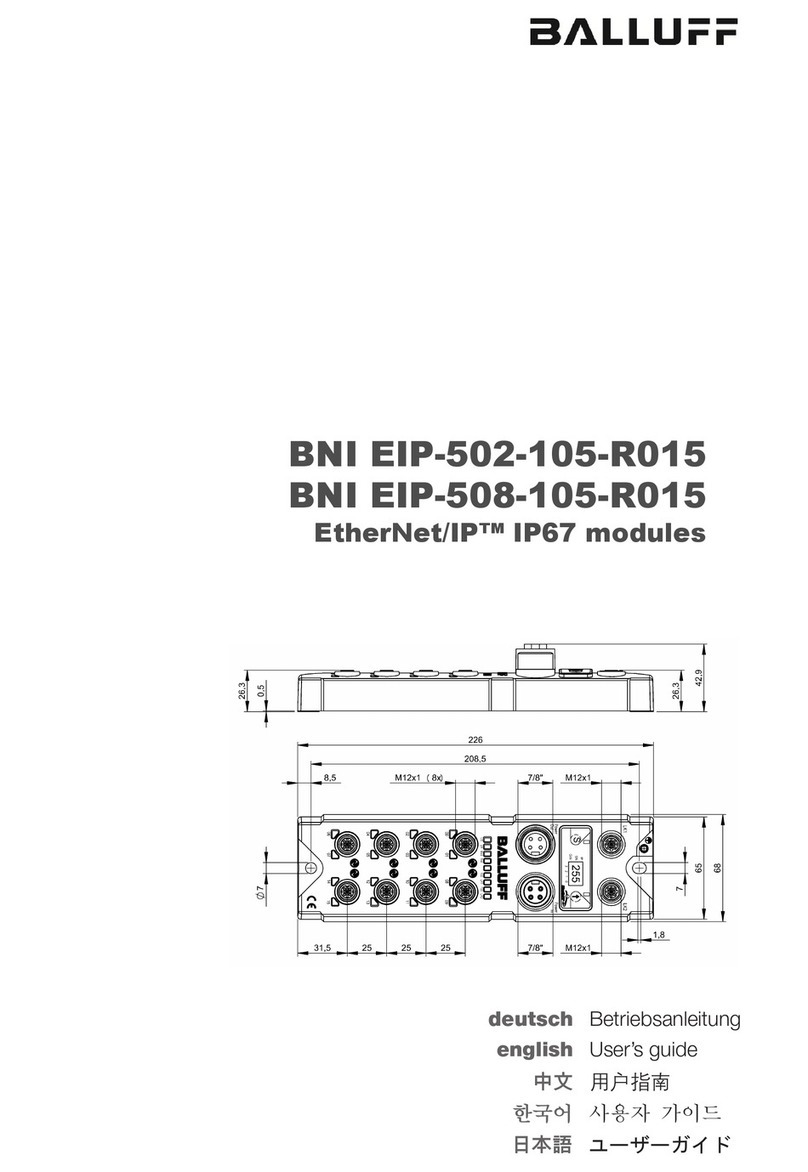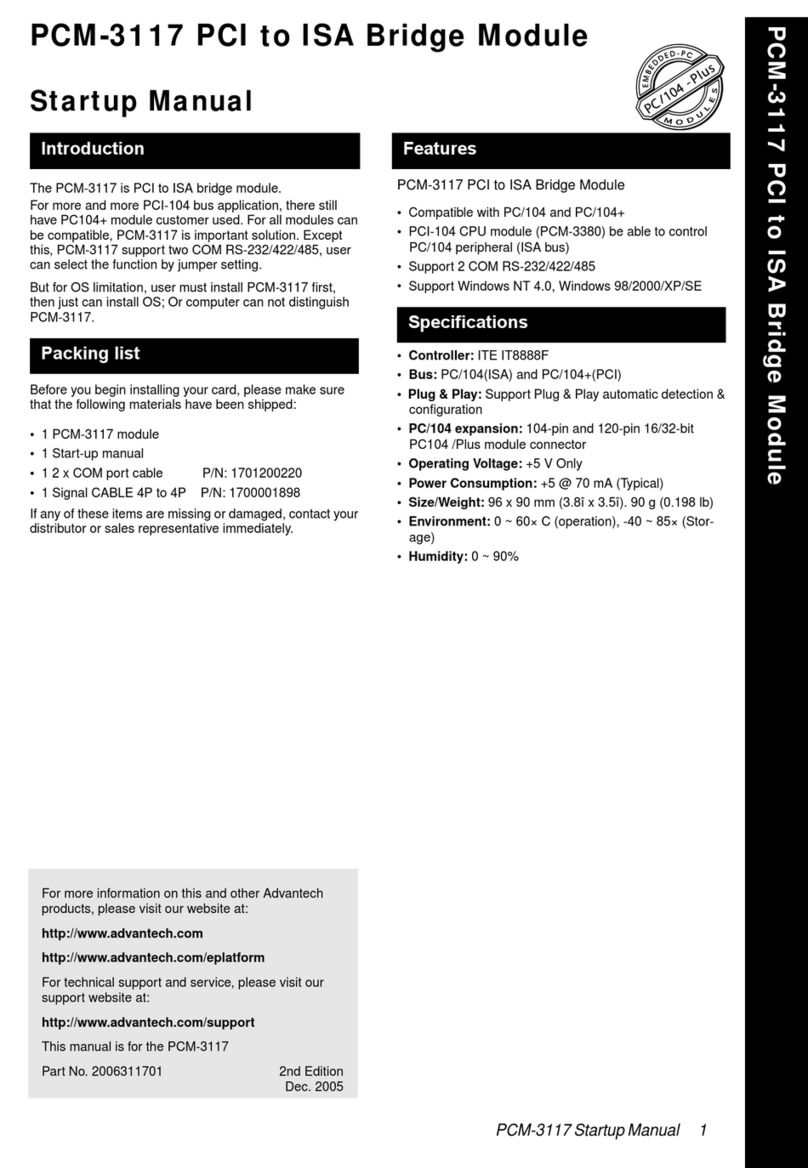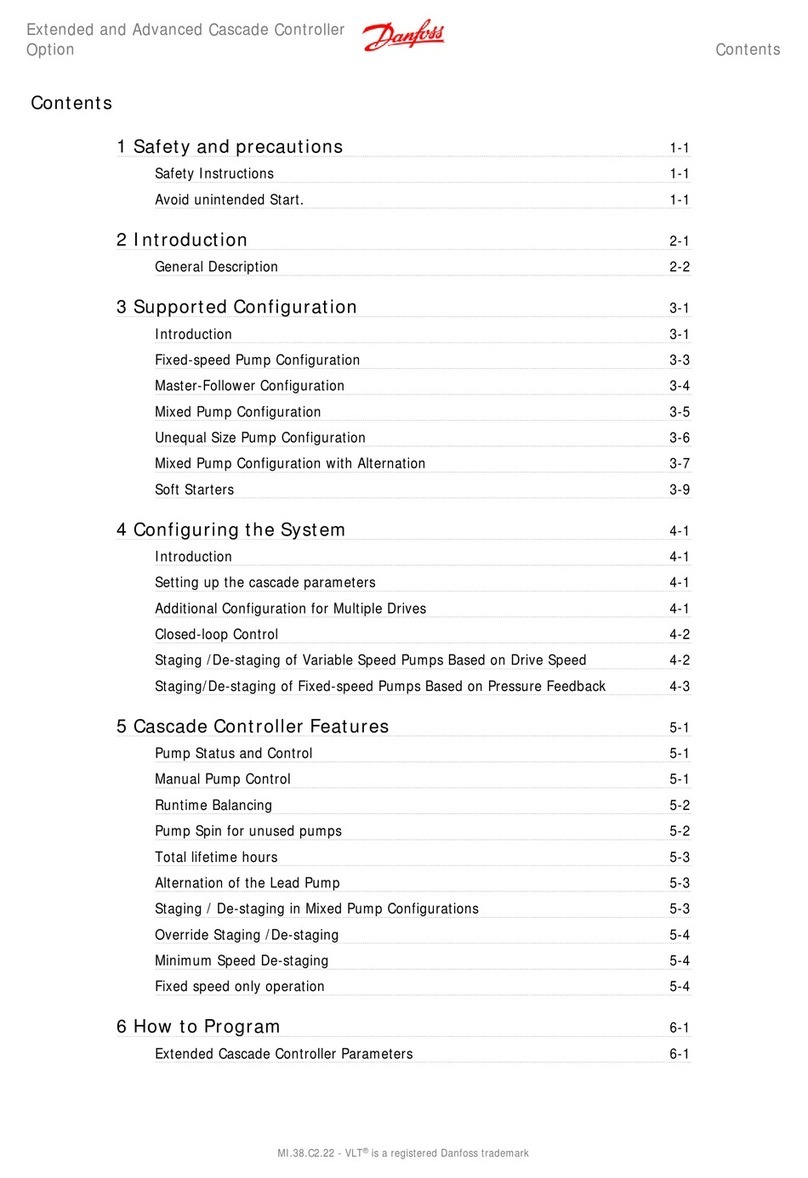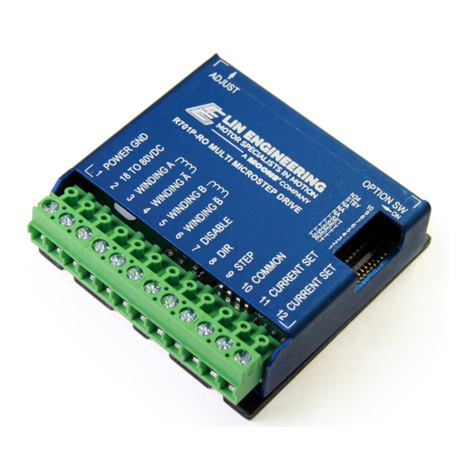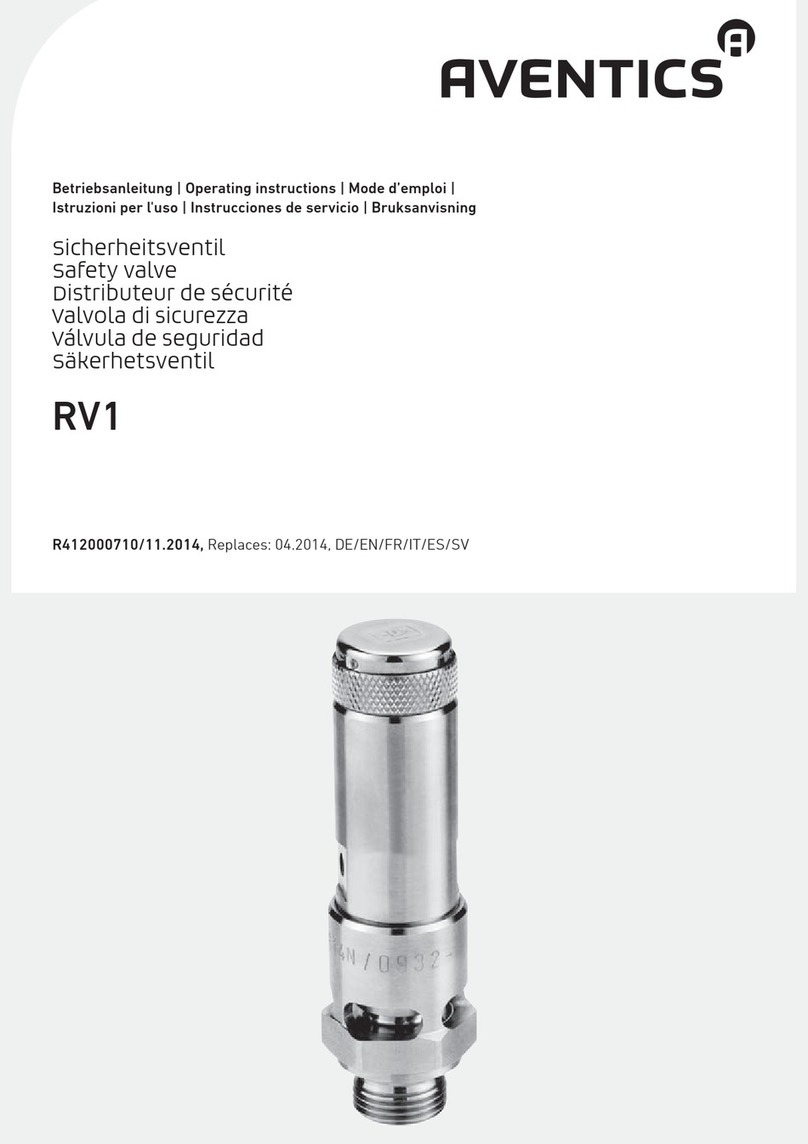CL4790-1000-232, CL4790-1000-485
Application Note v1.0
The goal of this Application Note is to outline how to configure the CL4790 ConnexLink units with the most basic settings to
establish a Point-to-Point (P2P) or Point-to-MultiPoint (P2MP) connection between two or more CL4790 units.
▪Two (or more) CL4790-1000-xxx units (for demonstration purposes we will be working with two CL4790-1000-232
variant)
▪Appropriate USB-to-xxx interface adapters to enable connection to PC –not included with CL4790 units
–CL4790-1000-232
RS232-to-USB (examples: FTDI Model: UC232R-10, Tripp-Lite Keyspan Model: USA-19HS)
–CL4790-1000-485 (One of the following)
RS485-to-USB (example: ULinx Model 485USBTB-2W)
RS485-to-RS232 combined with RS232-to-USB adapter (example B&B Electronics Model: 485SD9TB)
▪PC Operating Windows XP or newer
▪Laird Configuration and Test Utility Software v6.07 from CL4790 Product Page
▪(Optional) Female-to-Female pin jumper wire (to tie TX/RX RS232 pins for loopback test) or serial loopback plug
(example: SeaLevel DB9 Female Serial Loopback Adapter)
You will need to download the Laird Configuration and Test Utility Software v6.07 from the CL4790 Product Page.
Note: Downloading the configuration utility will require the completion of a Software Request Form, which will pop up
when you click on the download link. This Software Request Form is required so that we have valid contact
information to use for product update notifications, such as new software releases. Once you submit this form a
download link should be made available at the top of the Product Page. Additionally, you should receive a
download link via email.


